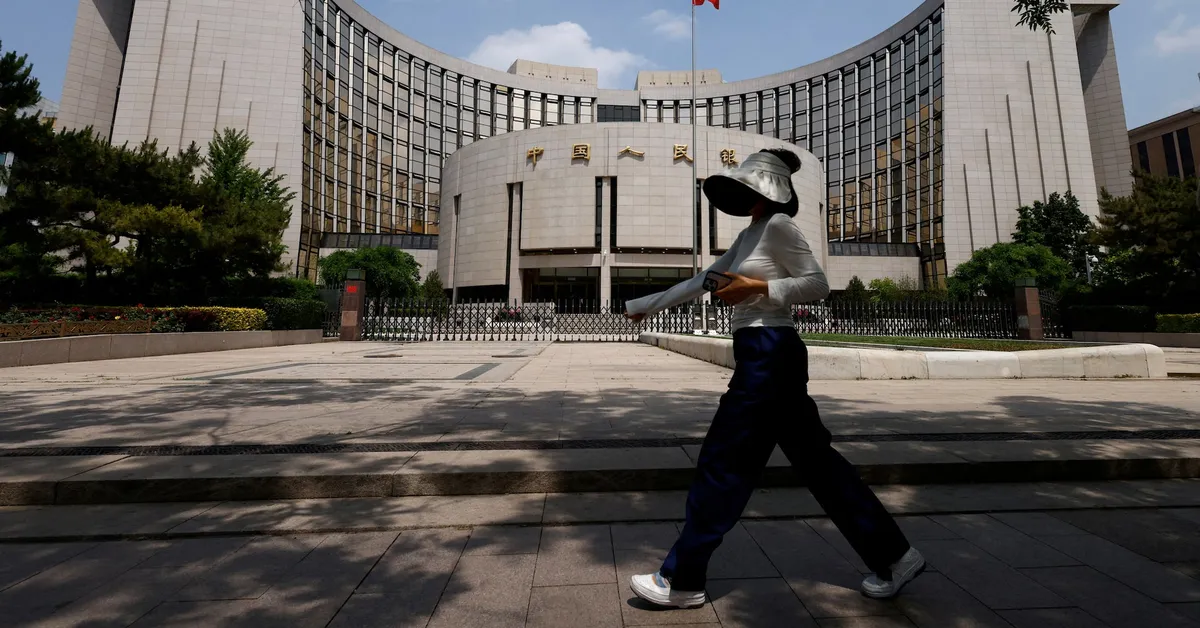
On May 20, 2023, China made a significant move by cutting its benchmark lending rates for the first time since October 2022. This decision comes as part of the country's efforts to ease monetary policy in response to the ongoing challenges posed by the Sino-U.S. trade war. The rate cuts aim to stimulate consumption and boost loan growth amidst a weakening economy while simultaneously safeguarding the profit margins of commercial lenders.
The People's Bank of China (PBOC) announced a reduction of the one-year loan prime rate (LPR) by 10 basis points to 3.0%. Additionally, the five-year LPR was also decreased by the same margin to 3.5%. These rates are crucial as the one-year LPR serves as the benchmark for most new and outstanding loans within China, while the five-year rate significantly influences mortgage pricing.
In conjunction with the lending rate cuts, five of China’s largest state-owned banks have also lowered their deposit rates. The banks have cut interest rates on time deposits by 5 basis points to 0.05%, reduced one-year time deposit rates by 15 basis points to 0.95%, and decreased rates on three-year and five-year time deposits by 25 basis points. These adjustments are expected to encourage smaller lenders to follow suit and implement similar reductions.
These rate cuts are part of a broader strategy outlined by PBOC Governor Pan Gongsheng and other financial regulators earlier this month, just before negotiations between China and the U.S. in Geneva that aimed at de-escalating their ongoing trade war. Following these discussions, global investment banks have raised their forecasts for China's economic growth this year, citing a temporary 90-day pause on tariffs. However, uncertainties surrounding Sino-U.S. trade negotiations continue to loom.
Ting Lu, the chief China economist at Nomura, expressed concerns about China's ability to meet its growth target of “around 5%” without a substantial stimulus package. With the recent easing of trade tensions, there may be less urgency for Beijing to implement the necessary reforms and stimulus measures.
Recent economic indicators reveal that China's economic growth remains inconsistent and lackluster. Official data released on Monday showed that new home prices remained unchanged in April, marking nearly two years of stagnant growth despite government efforts to stabilize the housing sector. Additionally, new bank loans experienced a more significant decline than anticipated last month, further underscoring the challenges facing the Chinese economy.
In conclusion, while the recent cuts to lending and deposit rates mark a pivotal step towards stimulating the economy, analysts remain cautious about the overall economic outlook given the underlying challenges and uncertainties that persist.